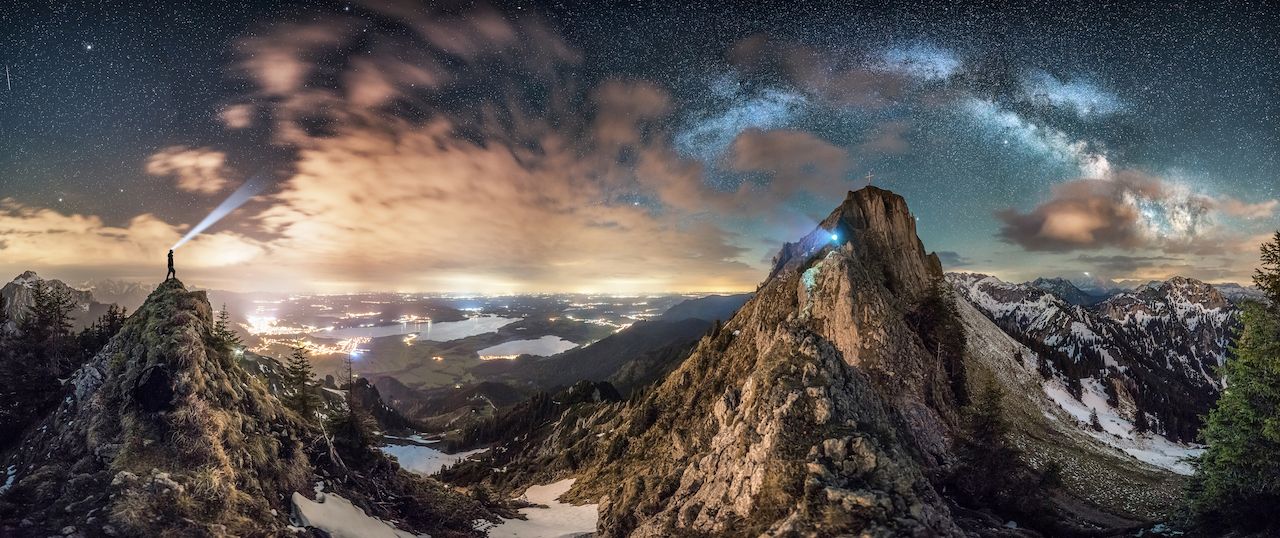Every year the Insight Investment Astronomy Photographer of the Year contest organized by the Royal Museums Greenwich gives people a glimpse into the wonders of the universe. This year, thousands of astrophotographers from around the world submitted their best work, and the shortlist of finalists in each category has just been revealed. According to competition judge and Royal Observatory Greenwich Astronomer Dr. Emily Drabek-Maunder, “The goal of the Insight Investment Astronomy Photographer of the Year competition is to use these powerful photographs of space to engage the public with the big questions science is trying to answer, from the inner workings of a galaxy to how our Solar System came to be.”
These are some of the most stunning entries from each category in this year’s contest.










